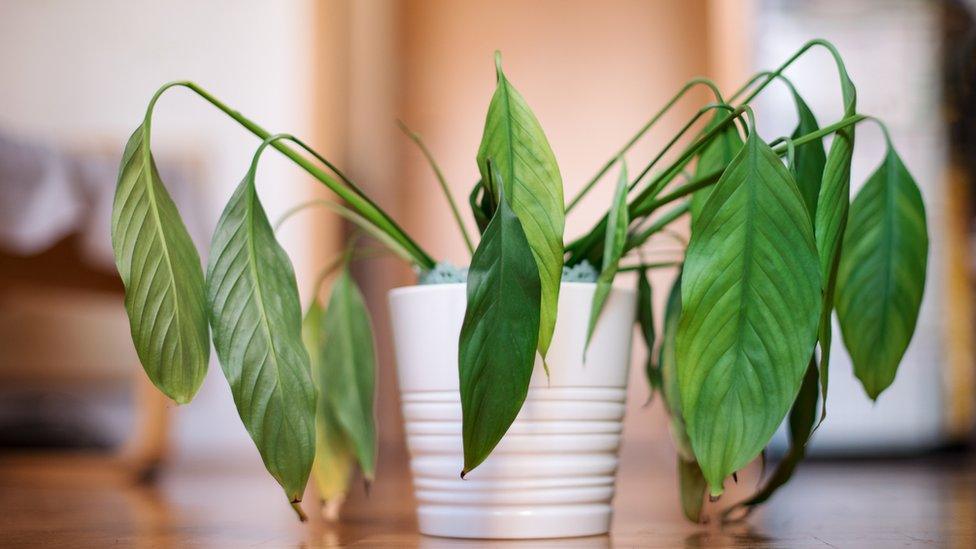Oldest evidence of photosynthesis on Earth discovered by Liège scientists
- Published
- comments

This is cyanobacteria - scientists investigated to find out when things started to photosynthesise to feed
Scientists say they have discovered the oldest evidence of photosynthesis on Earth.
Plants - and a few other things in nature - use photosynthesis to feed. It involves using energy from the sun to turn water and carbon dioxide into food.
The research, carried out by the University of Liège in Belgium, examined fossils from sites that were more than one billion years old.
Not sure what photosynthesis is, or how it works? Check out our handy guide further down the page.
What have scientists discovered about photosynthesis?

The research was carried out by scientists looking at fossils of cyanobacteria - which is the stuff that makes polluted rivers and lakes a bright green colour
Scientists extracted a special type of bacteria, called cyanobacteria, from some very old fossils.
Cyanobacteria is also known as blue-green algae, which you might have heard about before in the news.
When lakes or rivers become polluted, the water turns a strange green colour, because of cyanobacteria developing there.
Scientists believe cyanobacteria is responsible for so much oxygen developing in Earth's atmosphere millions of years ago - it's one of the reasons we are here today.
Scientists found that cyanobacteria contained tiny sacks, called thylakoids.
Inside these little sacks, photosynthesis can happen.
Plants photosynthesise as a way to use energy from the sun and turn it into 'food'
They take in carbon dioxide from the air, and water from the soil or nearby water sources
Using energy from the sun's rays, they turn it into glucose - which they feed on to grow
This is why most plants need daylight and water to keep them alive
Photosynthesis is also great for the environment - plants process greenhouse gasses like carbon dioxide and release oxygen which humans need to breathe

Plants that get too little water or too little sunlight will not make enough food to survive. Luckily, with a little watering and some care, this sad houseplant can be brought back to life
What does this mean?
Scientist estimate these fossils are around 1.75 billion years old.
The last thylakoid fossil found by scientists were believed to be around 550 million years old. That is still from a really long, time ago, but nowhere near as old as these newly-discovered ones.
It means the researchers have found probably the oldest known evidence of photosynthesis, which is still used by plants today to keep them alive.
